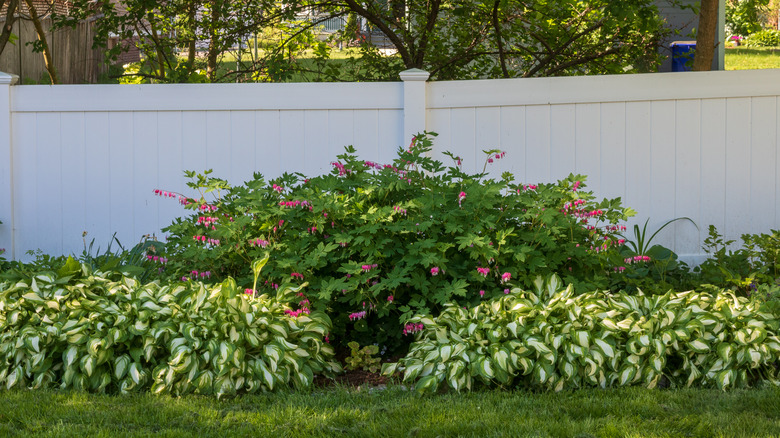Bleeding heart is a classic flower that brings beauty and elegance to any garden. The heart-shaped blooms don’t stick around for long, but they’re stunning while they’re here. The plant thrives in partly shady areas and should be planted with other plants since they die back in the summer and leave an empty space. Once they finish blooming, you can cut them back to create a bigger and healthier plant next year. While they will still bloom again even if you don’t cut them back, some gardeners prefer to do so anyway.
Some choose to cut back their bleeding heart plants for many reasons. It can help the plants produce more blooms and give them extra life, and it can also help keep your garden aesthetically pleasing. The foliage will turn yellow once the plant begins to go dormant, followed by several stems. Unless you’re okay with the bare-stick look, you’ll probably want to get rid of those and replace them with something else until they come back.
Uncut bleeding hearts will leave you wanting more

Bleeding heart plants typically go dormant in the middle of summer after they finish blooming, but you can prolong them by keeping them watered and shaded. Once they die back, cut them all the way to the ground to promote new growth next year. Cutting them back can even prolong their lifespan by putting off senescence, the process of growing old and dying. There’s also the less important issue of an unappealing dead plant sitting in your garden for most of the year. If you don’t cut it back, you’ll have a bare spot in the landscape. Pair it with other plants that grow in the summer, like geraniums or hostas, to cover up the space until spring.
While there is debate as to whether or not cutting back bleeding heart plants is necessary, if you do choose to make the cut, be sure to do so only after the plant has become completely dormant, which occurs in the summer or fall.